Cabin Or Cargo For Your Cat On A Plane? The 10 Pros And Cons You Need To Know
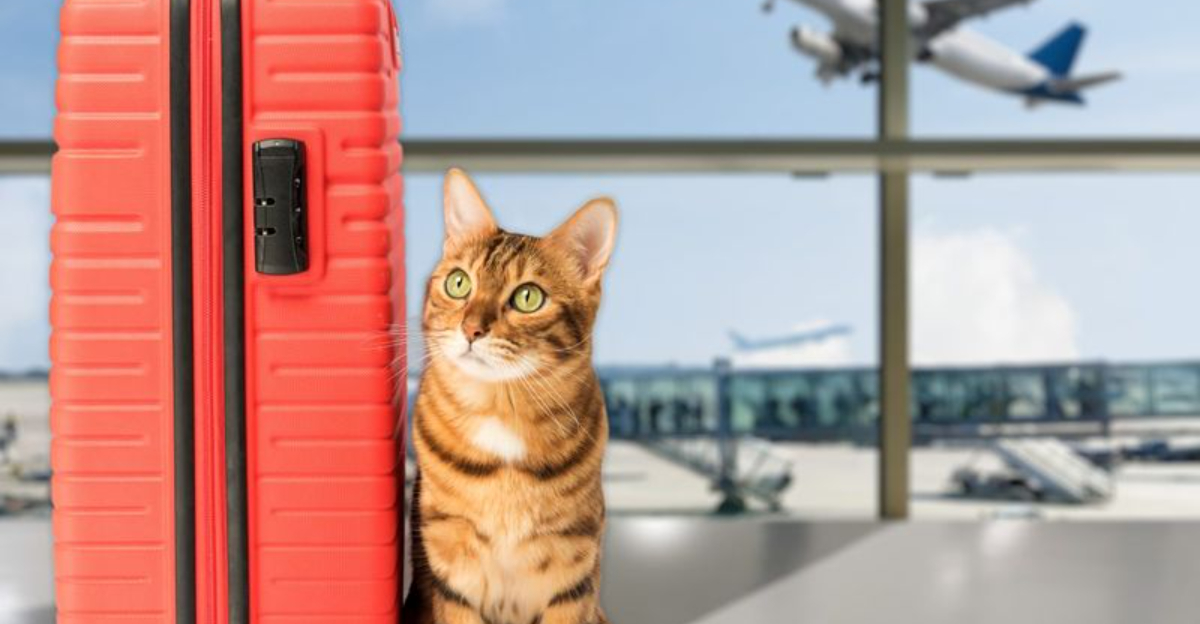
Traveling with your furry friend can be both exciting and nerve-wracking.
When flying with your cat, one of the biggest decisions you’ll face is whether to keep them in the cabin with you or place them in the cargo hold. This choice affects not only your cat’s comfort but also their safety during the journey.
1. Safety Considerations

Cabin travel offers direct supervision, dramatically reducing risks of mishandling or escape. Your watchful eye ensures immediate response to any distress.
Cargo holds, while pressurized and temperature-regulated, lack human oversight. Airline staff handle numerous items, increasing the chance of accidents or your carrier being jostled during loading.
2. Comfort For Your Cat
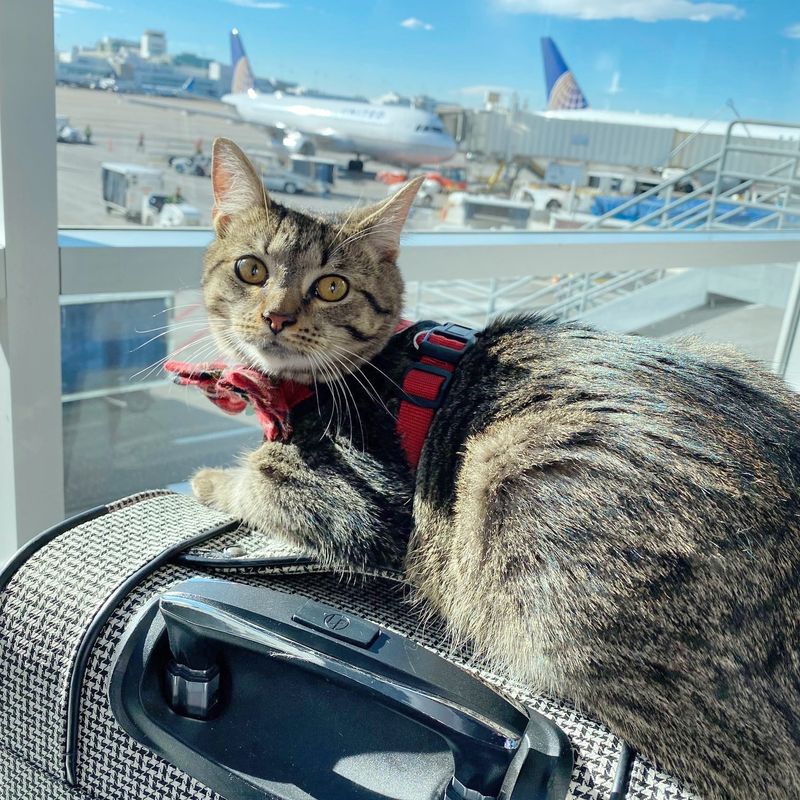
Cabin travel means your cat stays in a smaller carrier tucked under the seat. While space is limited, the familiar sounds of your voice provide reassurance.
Cargo holds offer larger carriers but expose pets to unfamiliar noises, vibrations, and darkness. The strange environment often causes more discomfort than the slightly roomier accommodations can offset.
3. Stress Levels
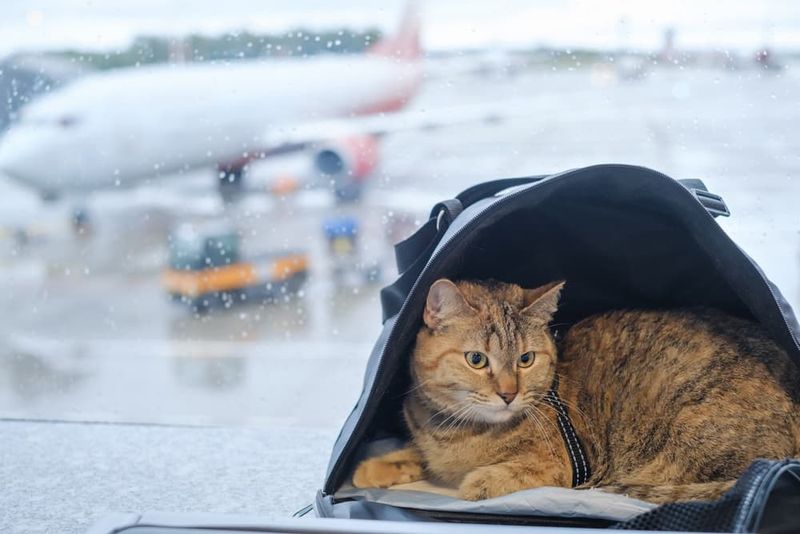
Your soothing voice and gentle touches can calm a frightened feline when they’re beside you in the cabin. Many cats even sleep through flights when they can sense their owner nearby.
Separation anxiety hits hard in cargo areas. Without familiar scents or reassurance, cats often experience elevated heart rates and stress hormones throughout the entire journey.
4. Accessibility And Interaction

Cabin placement allows you to monitor your cat’s needs continuously. You can offer water, adjust blankets, or provide reassurance through the carrier mesh.
Once your pet enters the cargo hold, they’re completely inaccessible until landing. Any distress, thirst, or discomfort goes unaddressed for hours, potentially causing unnecessary suffering during turbulence or delays.
5. Temperature Control

Cabin environments maintain consistent temperatures around 70-75°F (21-24°C), ideal for feline comfort. Flight attendants can help if adjustments are needed.
Cargo holds face temperature fluctuations despite regulation systems. Many airlines refuse pet cargo transport during extreme seasons because they cannot guarantee safe conditions, especially during ground delays or layovers.
6. Cost Differences
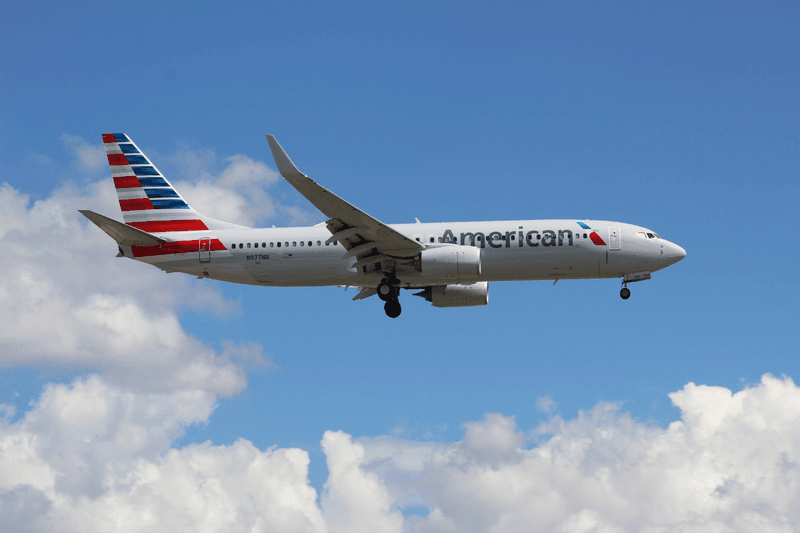
Cabin travel typically costs $75-$125 each way, depending on the airline. While not cheap, you’re paying for peace of mind and direct supervision.
Cargo shipping ranges from $100-$300+ based on your cat’s weight and carrier size. The higher price doesn’t necessarily mean better treatment – just accommodation for larger animals that can’t fit under seats.
7. Duration Of Flight

Short flights (under 3 hours) are manageable for most cats in either location. Your kitty can handle brief confinement with minimal stress if properly prepared.
Longer journeys magnify all concerns – dehydration, stress, and temperature risks increase dramatically in cargo. For international or cross-country flights, cabin travel becomes significantly more important for your cat’s wellbeing.
8. Airline Policies For Pets
Rules vary dramatically between carriers! Southwest allows only cabin pets while others like United offer both options with specific requirements.
Most airlines limit cabin carriers to 17-19 inches long and 8-10 pounds total weight. Health certificates are universally required, typically issued within 10 days of travel. Always call ahead – policies change frequently without notice.
9. Risk Of Injury Or Illness In Cargo
Rough handling happens despite airline precautions. Baggage handlers juggle countless items hourly, and pet carriers may not receive special treatment among luggage.
Air quality varies in cargo areas, potentially exposing sensitive cats to allergens or irritants. Medical emergencies go unnoticed until landing, with documented cases of pets suffering heatstroke, anxiety-induced illness, or escape injuries during transport.
10. Space And Comfort In The Cabin
Under-seat dimensions typically measure 17″×12″×8″ – snug but adequate for most cats. Soft-sided carriers offer slightly more flexibility than rigid ones, allowing cats to stretch minimally.
Cargo carriers can be larger (up to airline maximums), giving your cat room to stand and turn around. However, this advantage rarely outweighs the stress of isolation and unfamiliar surroundings for most feline travelers.






